Multiple equipment, such as drones, RC cars, and power tools require high power discharge. To meet the needs, the battery manufacturers have developed high-rate discharge LiPo batteries with optimal performance. However, some customers have concerns about the safety and performance of this type battery. We will delve into the safety and performance of high rate discharge LiPo batteries.
What Does High Rate Discharge Battery Mean?
Firstly, I would like to introduce “high rate”, which stands for the charge and discharge current value required for its rated capacity within a specific time. This type of battery is divided into charge and discharge rates, which are measured in units of “C”. The C rating indicates the ratio of the charge and discharge currents of the battery. But we usually talk about the high rate means the discharge rate. For example, a 0.5C 3000 mAh battery means that the battery can support 1500 mA discharge current. On the contrary, when the battery 2C discharge rate is 600mA, the capacity is counted as 3000mAh.
Advantages of High-Discharge Batteries:
- High-rate lithium polymer batteries offer superior performance in terms of power, discharge, and life cycle due to the stacking process in manufacturing.
- Features with 150C pulse, 90C, and 45C continuous discharge, and 5C fast charge.
- With temperature stability, tolerance, and flexibility because of their ultra-thin characteristics, lightweight, adaptable size, and shape.
Disadvantages of High-Discharge batteries:
- High-discharge batteries typically have a lower total capacity compared to standard batteries. It means they have short working time and should be charged frequently. But the fast-charge technology is a great solution to this disadvantage.
- Generate more heat when it is discharged at high currents. If the battery manufacturer does not have enough knowledge and experience in high-rate discharge lipo battery solutions, it will cause overheating and safety risks. We should adopt precautions, such as a well-performance battery management system with protection circuits, and ensure safe usage. It is also important to clarify the specific requirements of your application, extreme working environment, and operation.
When the standard battery operates with a fast charge, it easily causes the negative electrode to separate from the lithium. It makes the battery performance degrade faster. A 1C battery is sufficient for the majority of consumer applications. A high rate battery is recommended for applications that need a higher discharge rate and faster charge time. High-rate batteries are widely utilized in drones, agricultural plant protection drones, emergency starting power, aeromodelling, power tools, and other industrial applications.
What is the Difference Between a High Rate Discharge Battery and a Regular Battery?
The primary difference between a high-rate discharge battery and a regular battery lies in their discharge rate capabilities. As shown in the figure below, the curve shows a battery of the same capacity discharged continuously at the same current (40C). You can see that the discharge voltage of the high-rate battery is higher and the voltage drop is smooth. Because the internal resistance of high-rate batteries is small. When the battery owns the higher capacity, the lower loss when discharging at a high current.

Safety of High Discharge LiPo Battery Design
High-discharge lipo batteries contain a volatile electrolyte and have a thin separator between the anode and cathode, making them sensitive to physical damage and thermal stress. If the battery is overcharged and over-discharged, it will be damaged, or exposed in extreme temperatures.
As a professional LiPo battery supplier, we understand the safety touchpoint of high-rate discharge lithium-ion batteries. We will take care of the safety during the design and manufacturing process. Here are some key safety considerations:
- Cell Selection: We strictly choose lithium-ion cell models for high rate discharge battery solutions. These cells offer excellent chemical stability and thermal management capabilities, which reduces the danger of overheating or thermal runaway.
- Battery Structure Design: The battery’s structural design also impacts safety. High rate discharge LiPo batteries commonly employ a stacked-plate architecture, effectively reducing internal resistance and enhancing discharge performance while maintaining safety.
- Battery Management System (BMS): A well-designed BMS serves as the cornerstone for LiPo battery safety. It continuously monitors critical parameters such as temperature, voltage, and current, implementing protective measures to prevent overcharging, overheating, and short circuits.
- Quality Control: We follow stringent quality control processes to ensure that every high-rate discharge lithium-ion battery meets the highest safety standards. This includes thorough testing at each stage of the manufacturing process, from cell selection to final assembly.
We try to create high-rate discharge LiPo batteries that not only give great performance but also provide our clients with peace of mind by addressing these safety aspects.
In conclusion, high rate discharge LiPo batteries offer an optimal solution for demanding applications that require rapid power delivery. With their focus on safety through advanced cell design, integrated protection circuit, and stringent quality management. Additionally, their performance metrics, including discharge multiplier, capacity, and energy density, ensure that high rate discharge LiPo batteries meet the power needs of various devices. When it comes to empowering your power-intensive applications, high rate discharge LiPo batteries stand out as a reliable and efficient choice.

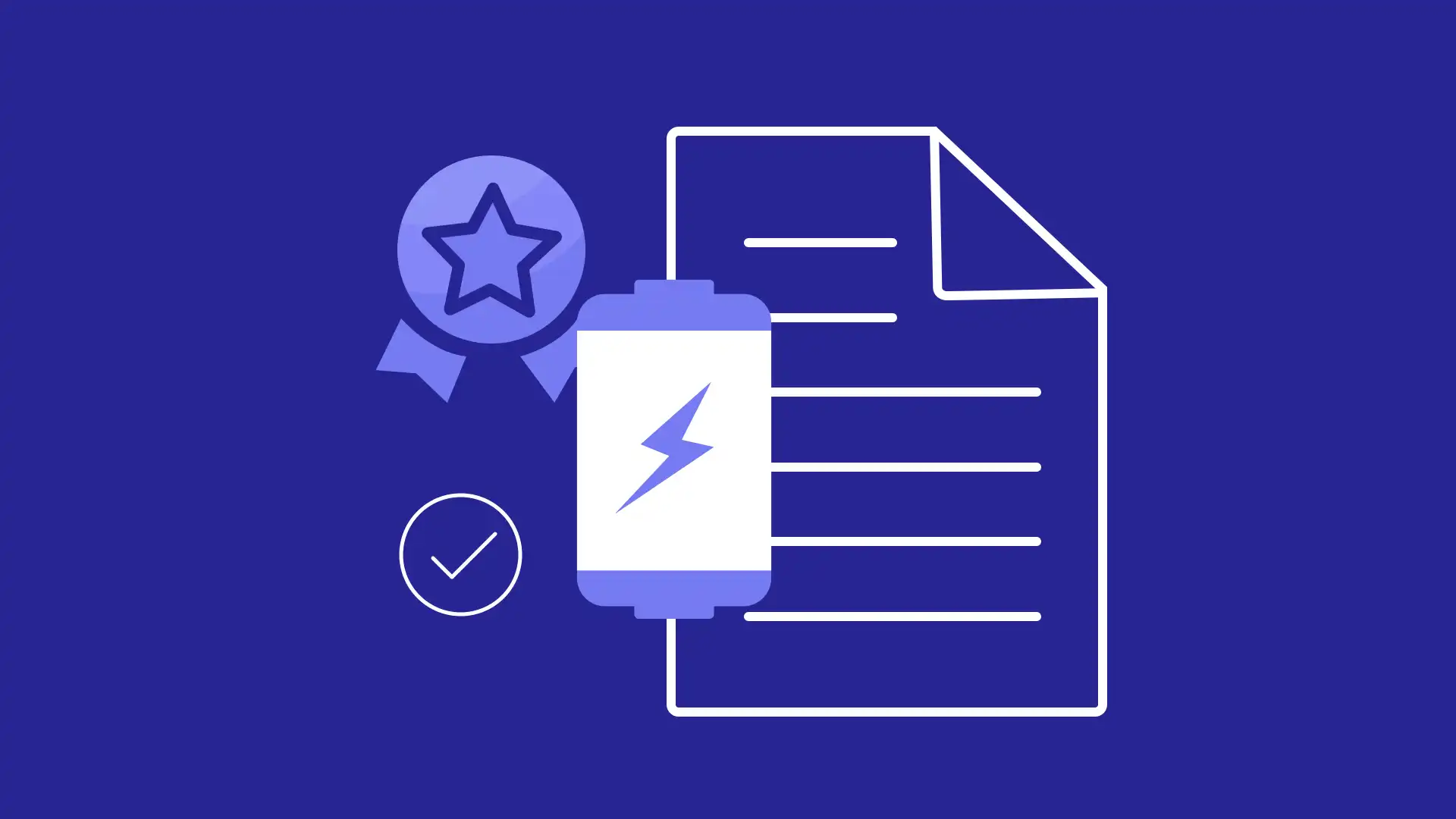
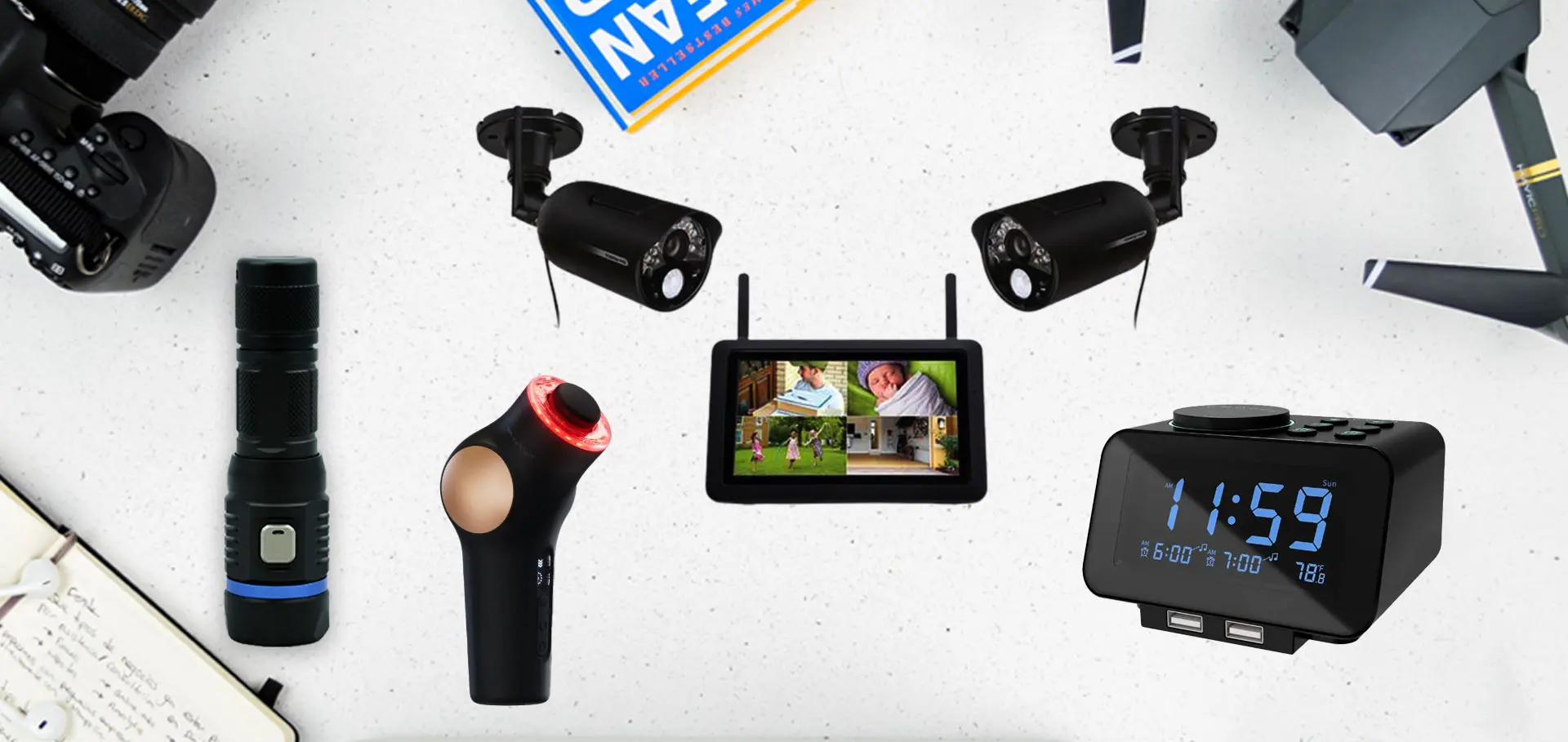
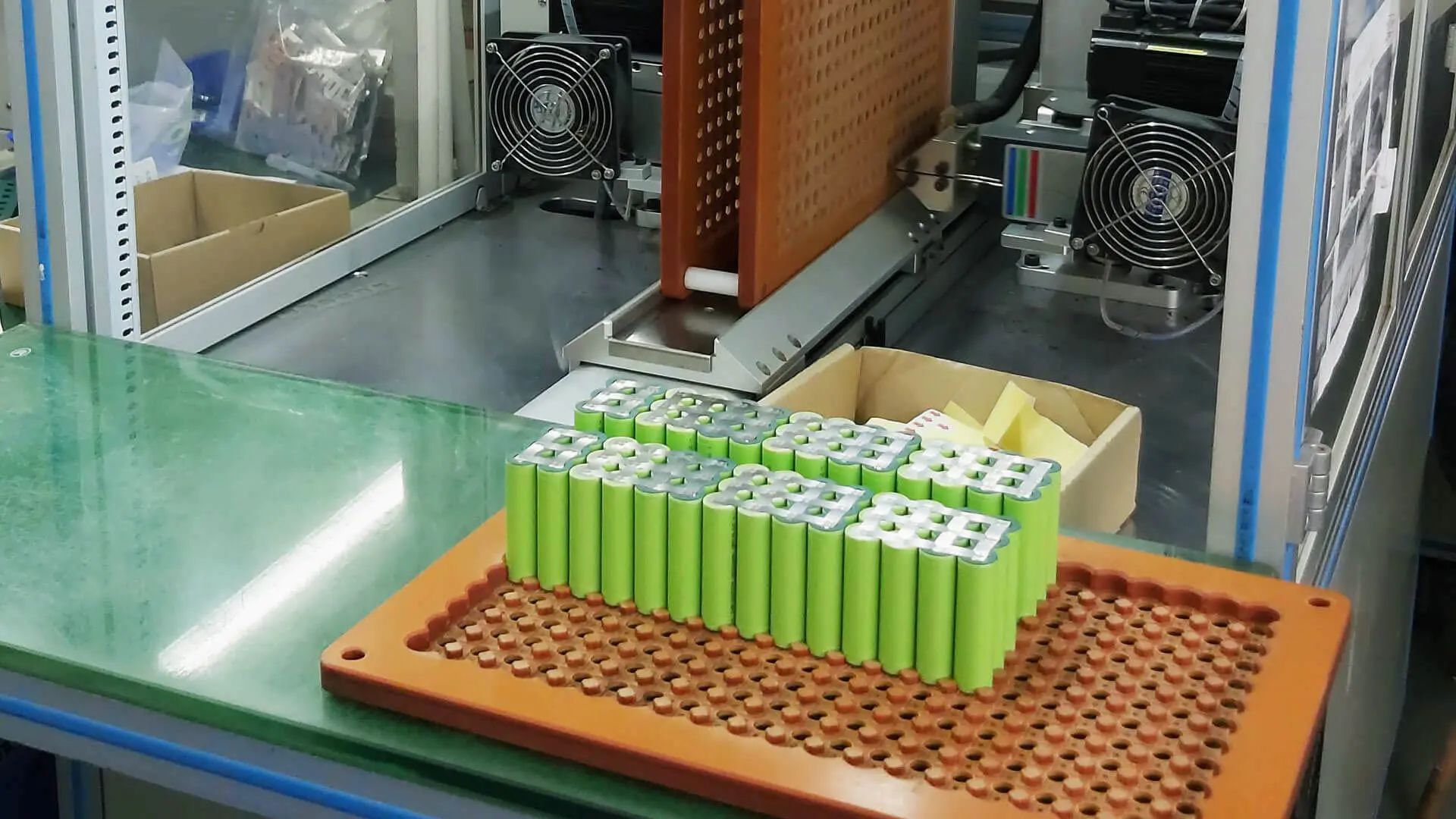
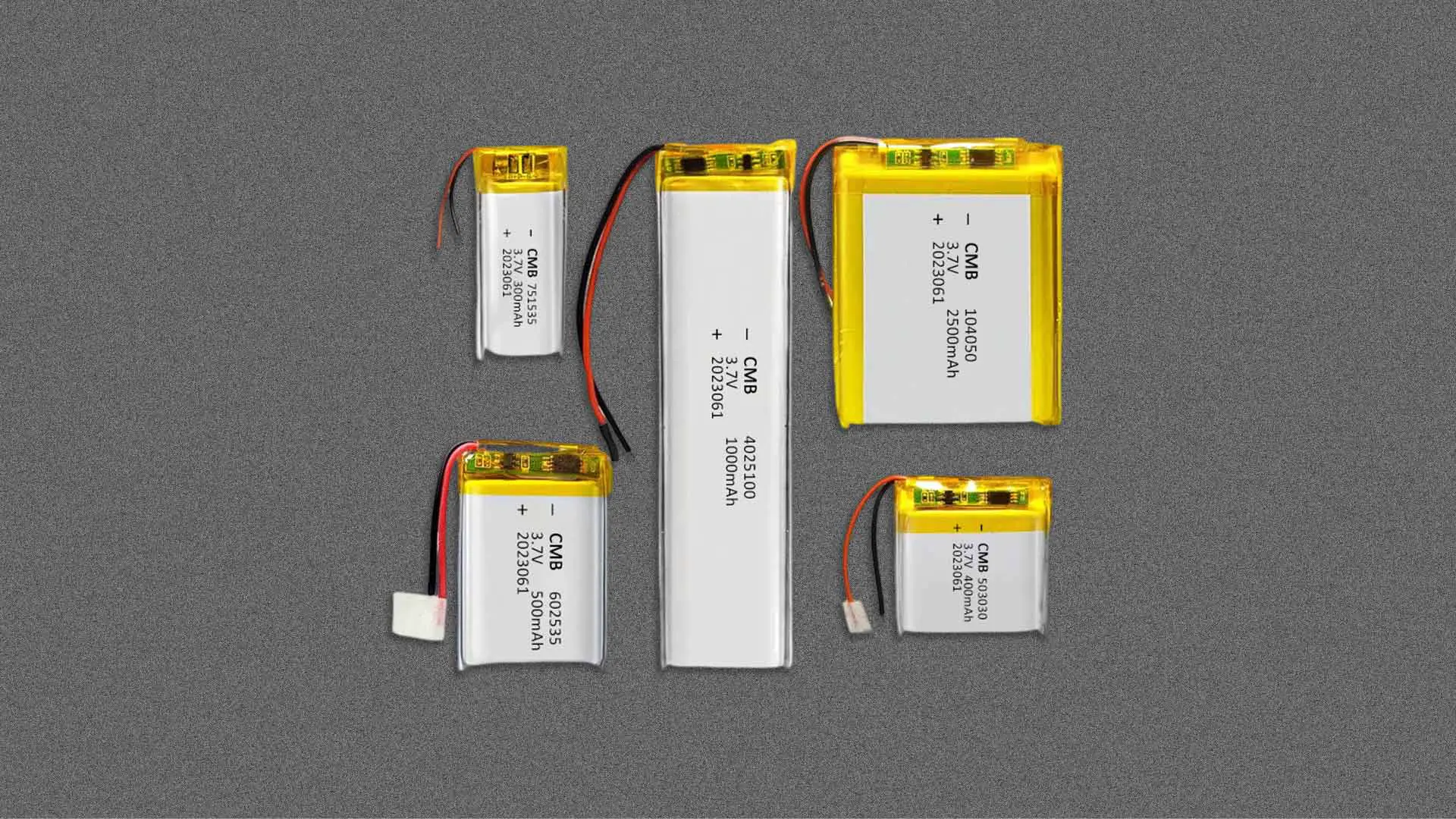

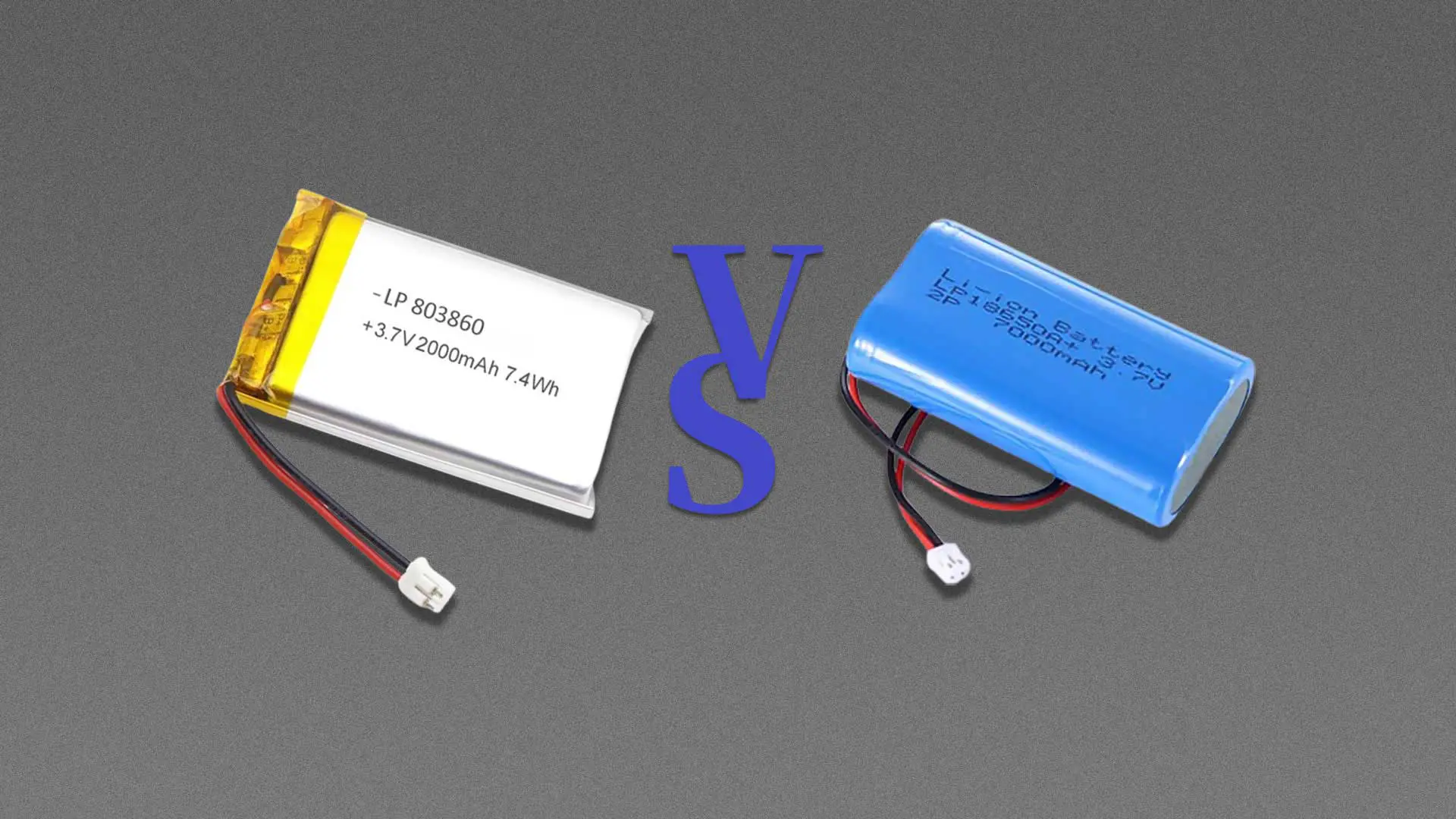
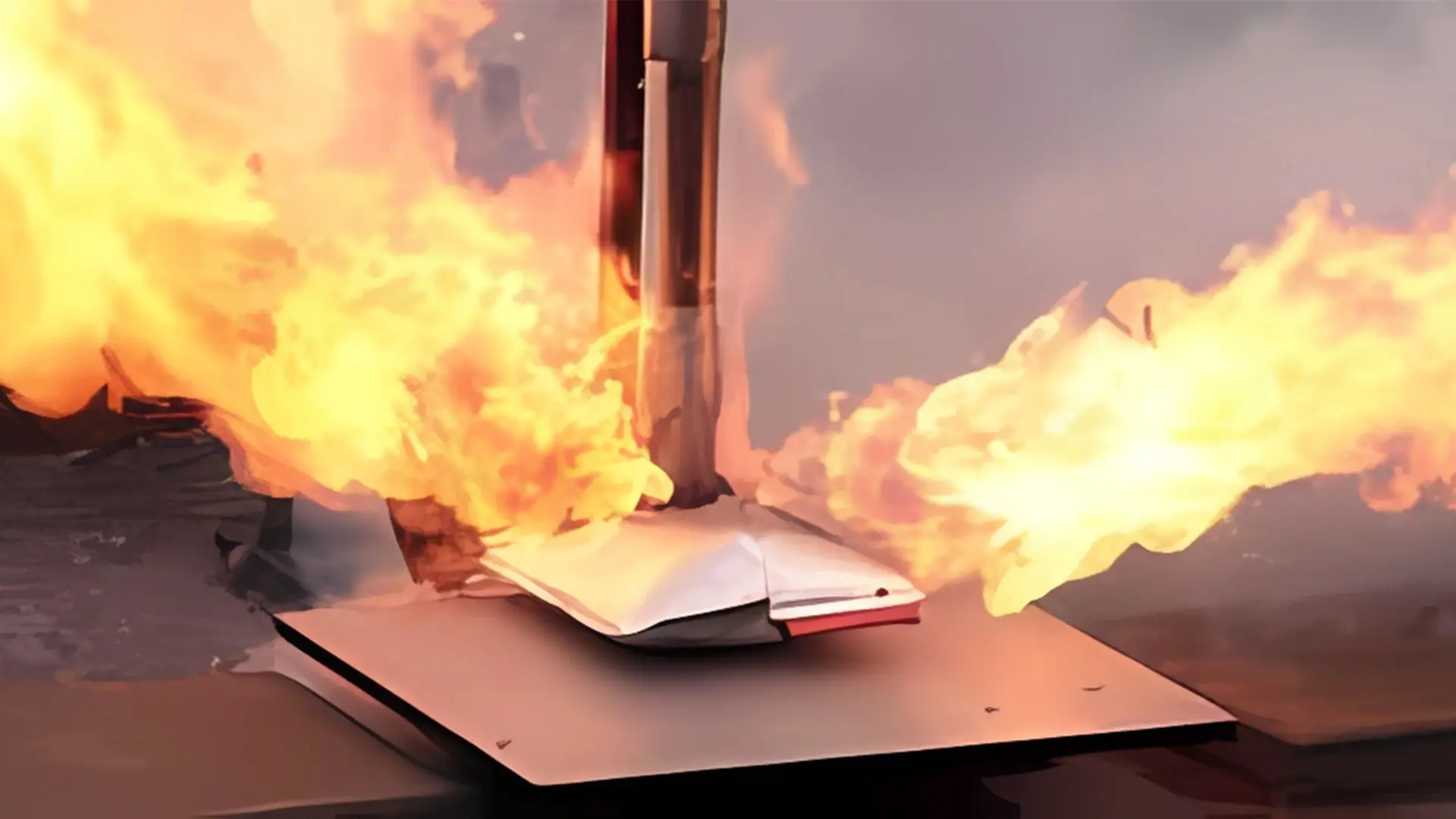

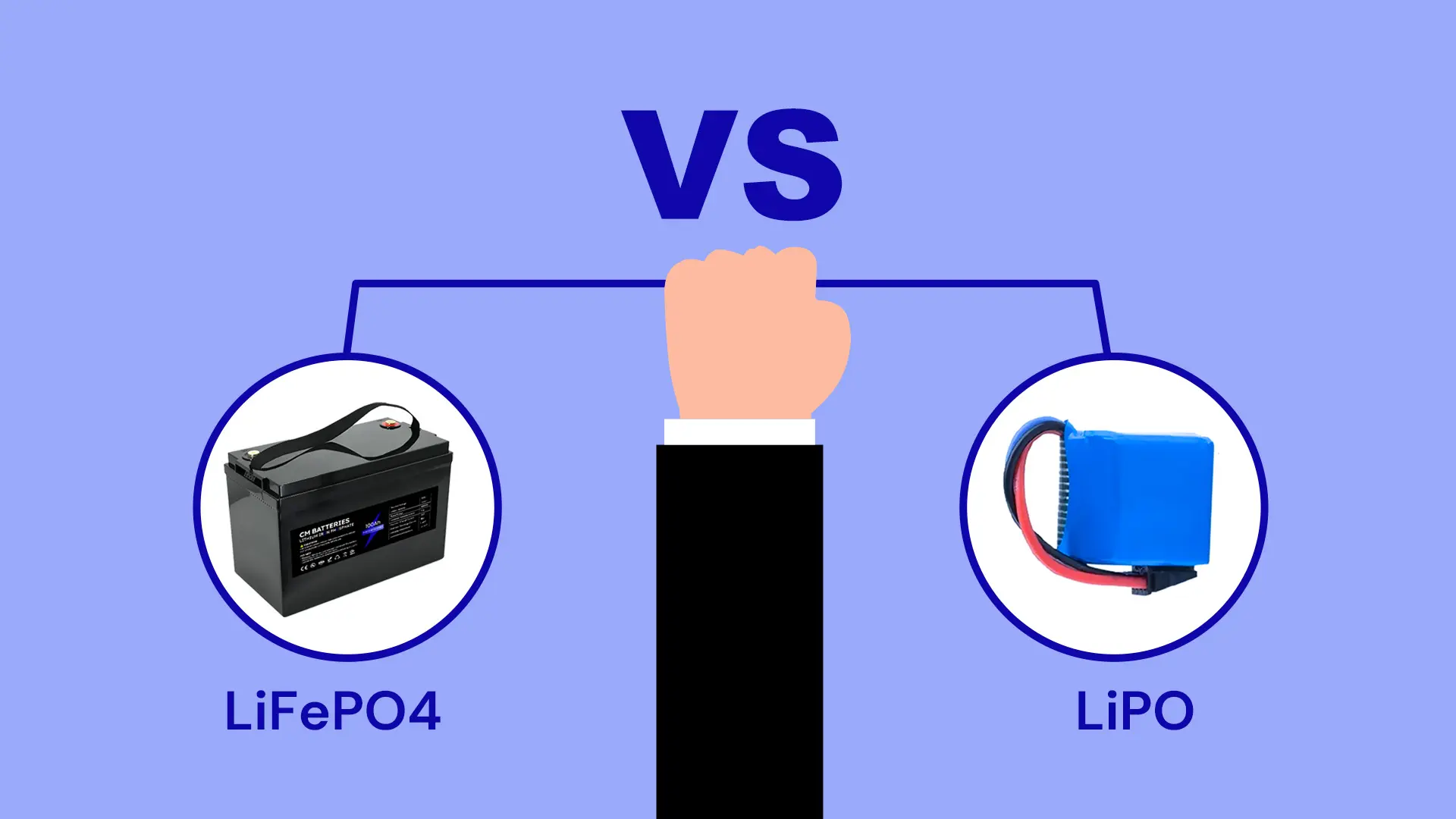


One thought